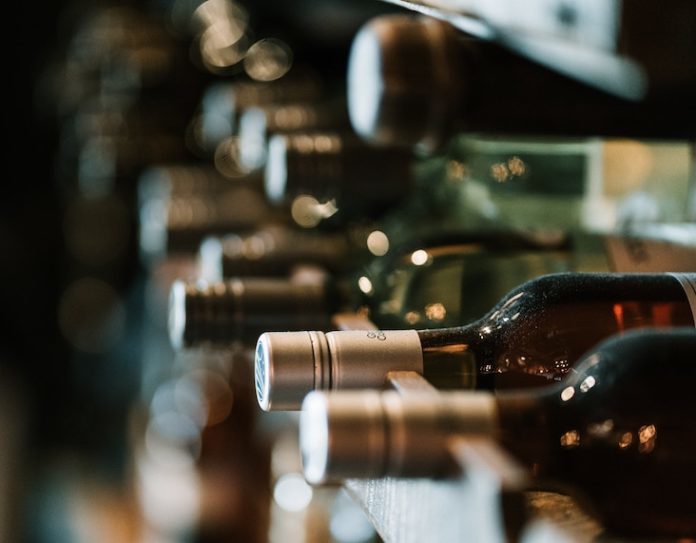It appears that the long bull market run of wine sales is beginning to plateau.
In 2018, there was a tiny increase in wine sales, and it seems that 2019 will be rather flat.
Keep in mind that the United States is still the top wine market in the world. And the economy is still pretty solid, even though there are warning signs to the contrary.
Gallo’s Barefoot wine brand alone had sales of over $650 million this year, and is the top-selling wine brand on the planet. It’s certainly easy to stock your stores with the most popular wines like Gallo, Sutter Home, Yellow Tail, Robert Mondavi and Beringer, but you must also stock a diversity of wines, and evaluate SKUs by net dollars to your bottom line.
Even with a flat 2019, there are still a myriad of opportunities for wine retailers to continue to grow sales, with innovation and by understanding consumer trends and your local demographics. We are at the tail end of a huge growth period, so retailers will have to be more innovative and smarter to capture market share to thrive in a challenging new environment. Here are some important things to remember.
While most observers believe that sales of legal cannabis have not been a detriment to wine sales, there are contrarian signals that show this will be an ever-increasing source of competition.
With aging Baby Boomers dominating wine sales for a very long time, GenXers and Millenials are next in line to dominate purchasing. These two generations obviously have their own purchasing patterns, which we must firmly understand as Baby Boomers move into retirement with limited discretionary spending.
I believe that in 2020, a focus on California wines — concentrating on the varietals most in demand — will be an integral component of successful sales. The American consumer trusts and enjoys the taste profiles and reliability of wines from California.
American wine companies are also starting to make big investments in Oregon and Washington State. These regions are clearly on the rise.
The American consumer is varietally based. We love our cabernet sauvignon, chardonnay and pinot noir. Other red varietals have had a precipitous fall beginning, with the momentous decline of merlot, which was followed by dreadful syrah sales. And now it’s becomee very challenging to sell red zinfandel.
In Europe, it’s all about the wine regions, not the varietals. For example: Many a great Bordeaux can be primarily merlot or cabernet franc. The French winemaker likes having the flexibility to nail the perfect taste profile by blending just the right amounts of each varietal. In America, winemakers don’t have this luxury, as the all-important varietal designation is the crucial selling factor.
California had a huge bumper crop in 2018, and a generally above-average yield in 2019. All the signs point to California wine price reduction opportunities for retailers and their customers. California’s prominent north coast appellations, like Napa and Sonoma Valleys, are finally due for pricing that comes down to earth.
The U.S. consumer is generally resistant to price increases. More-attractive wine prices should generate increased sales.
The 25% French (and other European countries) wine tariff will give American-made wine a decisive sales advantage. If the Trump tariffs continue into the spring, many European producers will find that they have lost their coveted shelf placements, which are often difficult to get back.
Beverage alcohol retailers are well advised to evaluate their product mix and placements, to insure that you stock the right inventory. Aggressively push out your stagnant inventory for more relevant and profitable wines.
While there are economic warning signs, we all remain part of a very profitable industry, with a lot of opportunities for the enterprising entrepreneur.
As chairman of the Pennsylvania Liquor Control Board, Jonathan Newman was once the nation’s largest wine buyer, and brought a number of popular innovations to bear, including the Chairman’s Selection program and opening of local stores for Sunday sales. Follow him on Twitter at @NewmanWine and visit his website: newmanwine.com.
Feature Photo by Hermes Rivera on Unsplash.










